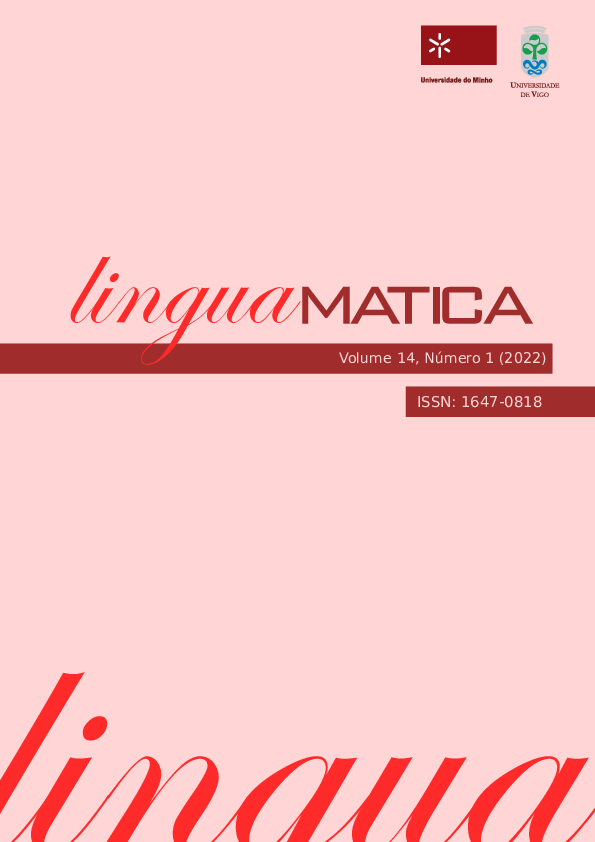XPTA: an AMR parser for Portuguese based on cross-lingual approach
Abstract
The growing interest in automatic semantic processing, especially by researchers in Natural Language Understanding and Natural Language Generation, has lead to several researches related to the development of semantic parsers. In this context, the semantic representation formalism of AMR (Abstract Meaning Representation) has received the most attention lately, due to its relatively simple way of capturing the meaning of a sentence. The development of AMR parser is mainly based on human-produced reference corpus. However, this resource is still quite scarce for many languages such as Portuguese. For this reason, several works have explored cross-lingual approaches, which make use of corpora and parsers available for a source language, to develop semantic resources to other target languages. Given this context, this paper describes XPTA, an AMR parser for Portuguese which is based on a cross-lingual approach. XPTA makes use of an existing parser for English and several English--Portuguese bilingual resources to map the semantic knowledge available in English to equivalent meaning representation in Portuguese. An automatic evaluation of XPTA showed that the adopted approach is promising and the results obtained for Smatch (66% in the best case) suggest that the model has the potential to compete with the results presented in the literature to others idioms. In addition to the automatic analysis, a qualitative analysis of the graphs produced by the parser allowed to identify and categorize the main mistakes of the model and their possible causes.
Copyright (c) 2022 Eloize Seno, Helena Caseli, Marcio Inácio, Rafael Anchiêta, Renata Ramisch

This work is licensed under a Creative Commons Attribution 4.0 International License.
Authors who publish with this journal agree to the following terms:
- Authors retain copyright and grant the journal right of first publication with the work simultaneously licensed under a Creative Commons Attribution License that allows others to share the work with an acknowledgement of the work's authorship and initial publication in this journal.
- Authors are able to enter into separate, additional contractual arrangements for the non-exclusive distribution of the journal's published version of the work (e.g., post it to an institutional repository or publish it in a book), with an acknowledgement of its initial publication in this journal.
- Authors are permitted and encouraged to post their work online (e.g., in institutional repositories or on their website) prior to and during the submission process, as it can lead to productive exchanges, as well as earlier and greater citation of published work (See The Effect of Open Access).













